With over 160 years of expertise, the Maison Boucheron takes the greatest care in selecting each diamond in order to offer you the finest stones. Over and above the intrinsic quality of the stone, its value lies in the emotion it reflects.


Change country/region
Sought-after and admired, the diamond stands out for its rareness and exceptional sparkle. A symbol of purity, said to be invincible, it evokes eternal love above all. A timeless stone, the diamond never goes out of style.
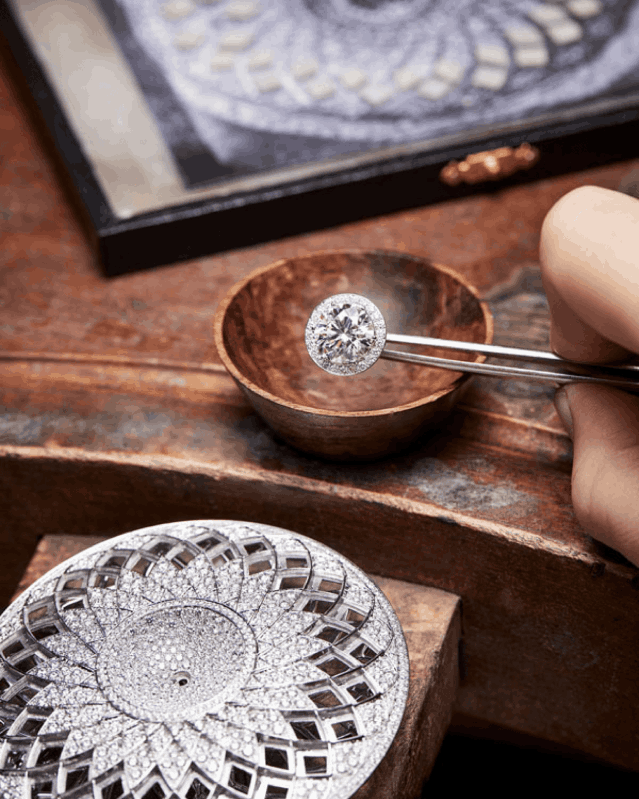
With over 160 years of expertise, the Maison Boucheron takes the greatest care in selecting each diamond in order to offer you the finest stones. Over and above the intrinsic quality of the stone, its value lies in the emotion it reflects.
The quality of a diamond can be assessed according to four interrelated criteria known as the “4Cs” (carat, color, clarity and cut).
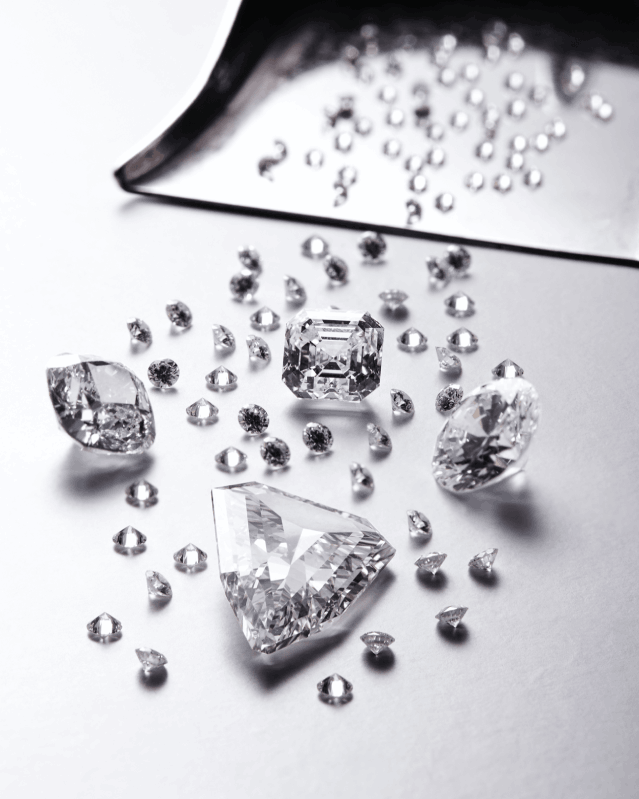
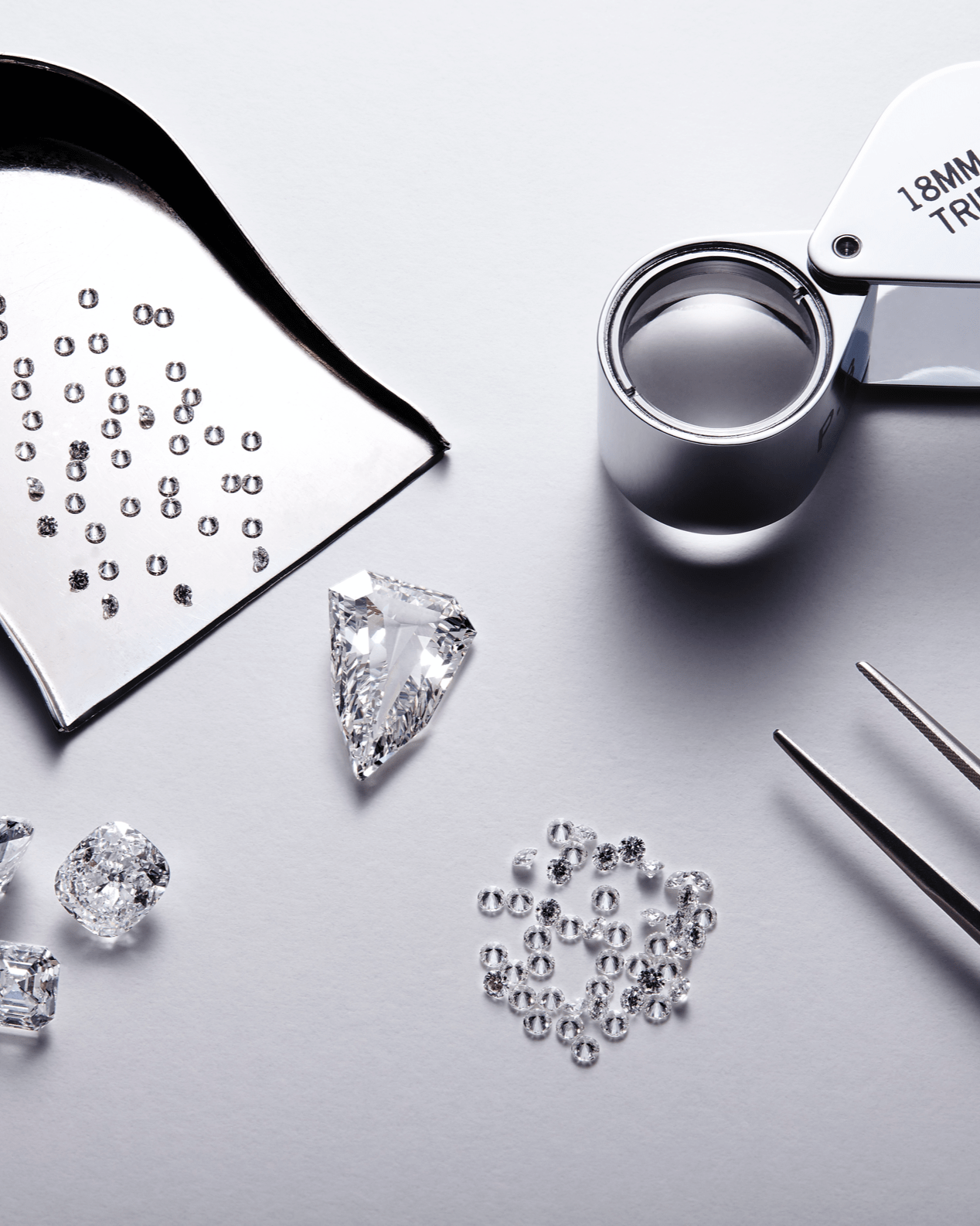
The precision of the diamond’s cut is the criterion that gives it all its sparkle. The Maison Boucheron chooses only “very good” to “excellent” cut diamonds. This means that the facets of the stone have been cut in perfect symmetry to ensure that light is exceptionally well reflected.
A diamond’s cut is chosen according to the stone’s original shape, dimensions and inclusions.
To evaluate the clarity of a diamond, you must look at its inclusions. These can come in different forms (crystal, cloud) and can affect the passage of light through the stone. Diamonds are graded for clarity according to international standards ranging from FL to I3. The Maison Boucheron only selects diamonds with a clarity ranging from FL to VVS2 at 10x magnification.
- FL-IF (Flawless and Internally Flawless): No external and/or internal flaws.
- VVS1 - VVS2 (Very Very Small Inclusions): Tiny inclusions that are very difficult to see at 10x magnification.
- VS1-VS2 (Very Small Inclusions): Very small inclusions that are difficult to see at 10x magnification and in some cases with the naked eye.
- SI1 (Small Inclusions): Small inclusions that can be seen easily at 10x magnification and in some cases with the naked eye.
- I1-I2-I3 (Included): Flaws present. Inclusions that can be seen very easily at 10x magnification and, in most cases, with the naked eye.
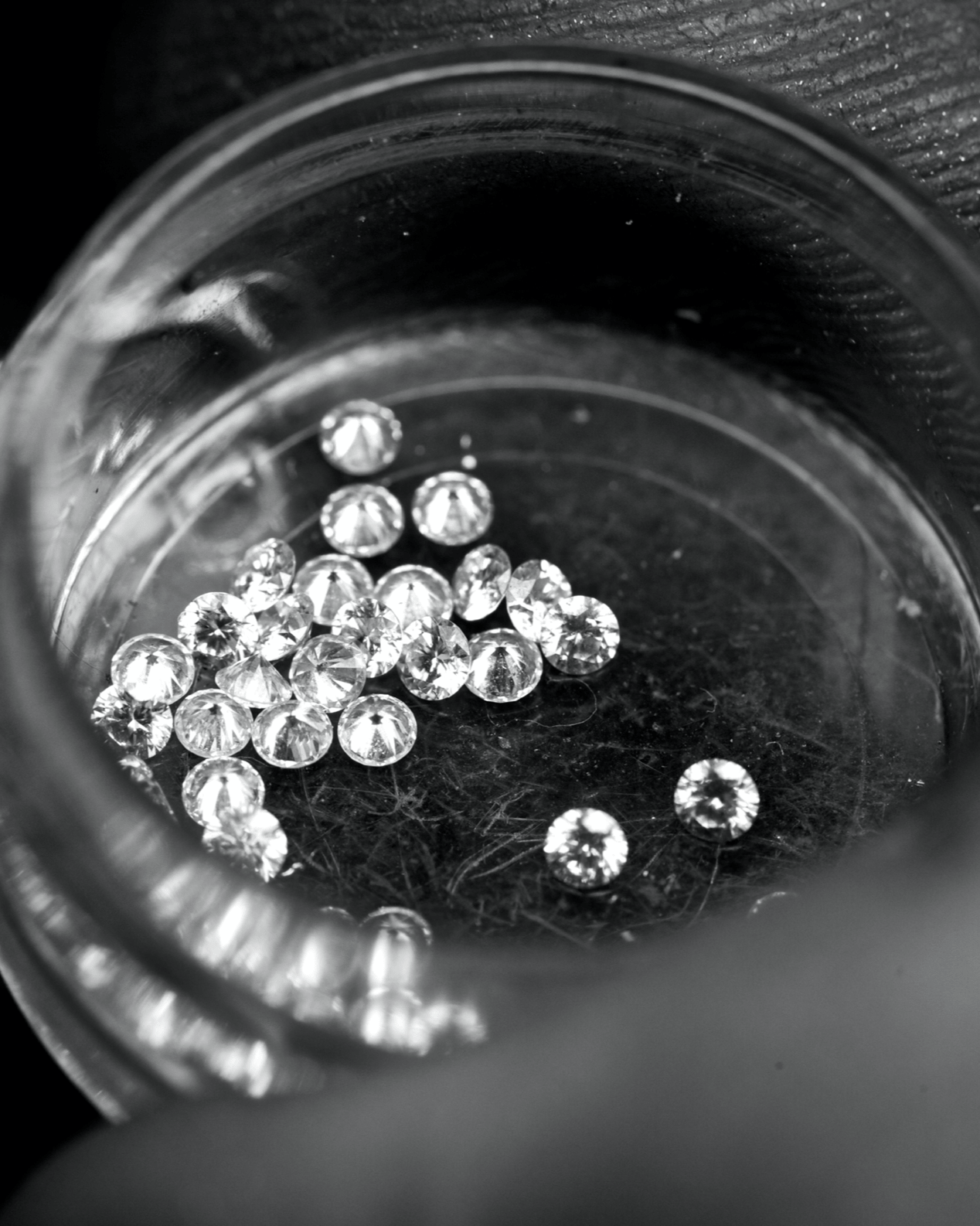
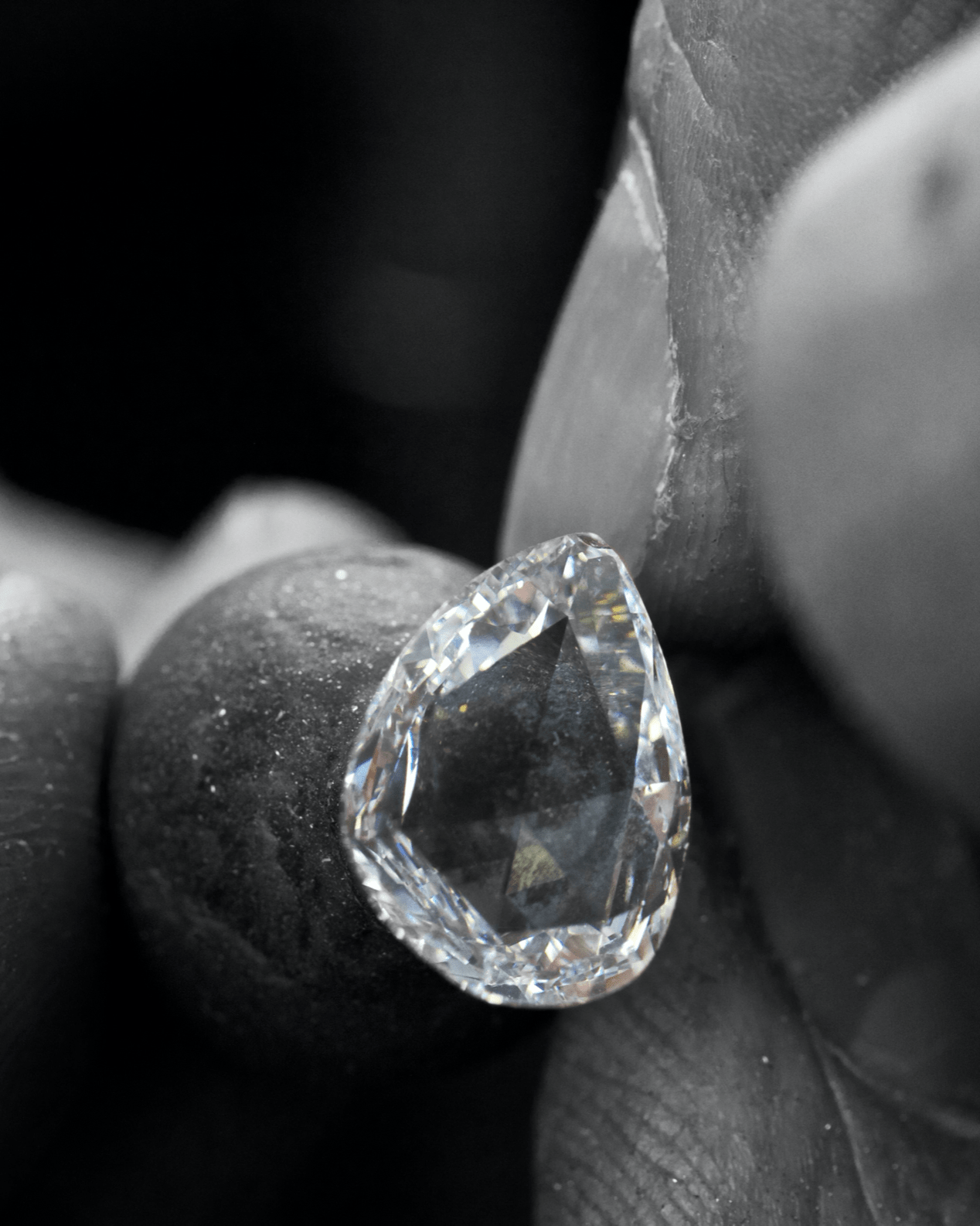
The color of a diamond is measured according to an international grading scale that ranges from D to Z. A color D diamond will be perfectly colorless, while a color Z diamond will tend towards a strong yellow hue. The diamonds selected by the Maison are between D and G.
The carat is the unit of measurement used to determine the weight of stones, including diamonds. One carat equals 0.20 g. It is believed that the term is taken from the seed of the carob tree, which maintains the same weight over time. It was used as a unit of measurement by merchants in the gold trade, particularly in Africa and then in India. The carat has been officially set at 0.20 grams since 1906. It determines the size of the diamond, but is never used on its own to determine its value. The other three evaluation criteria are also essential. The “4Cs” are inseparable.
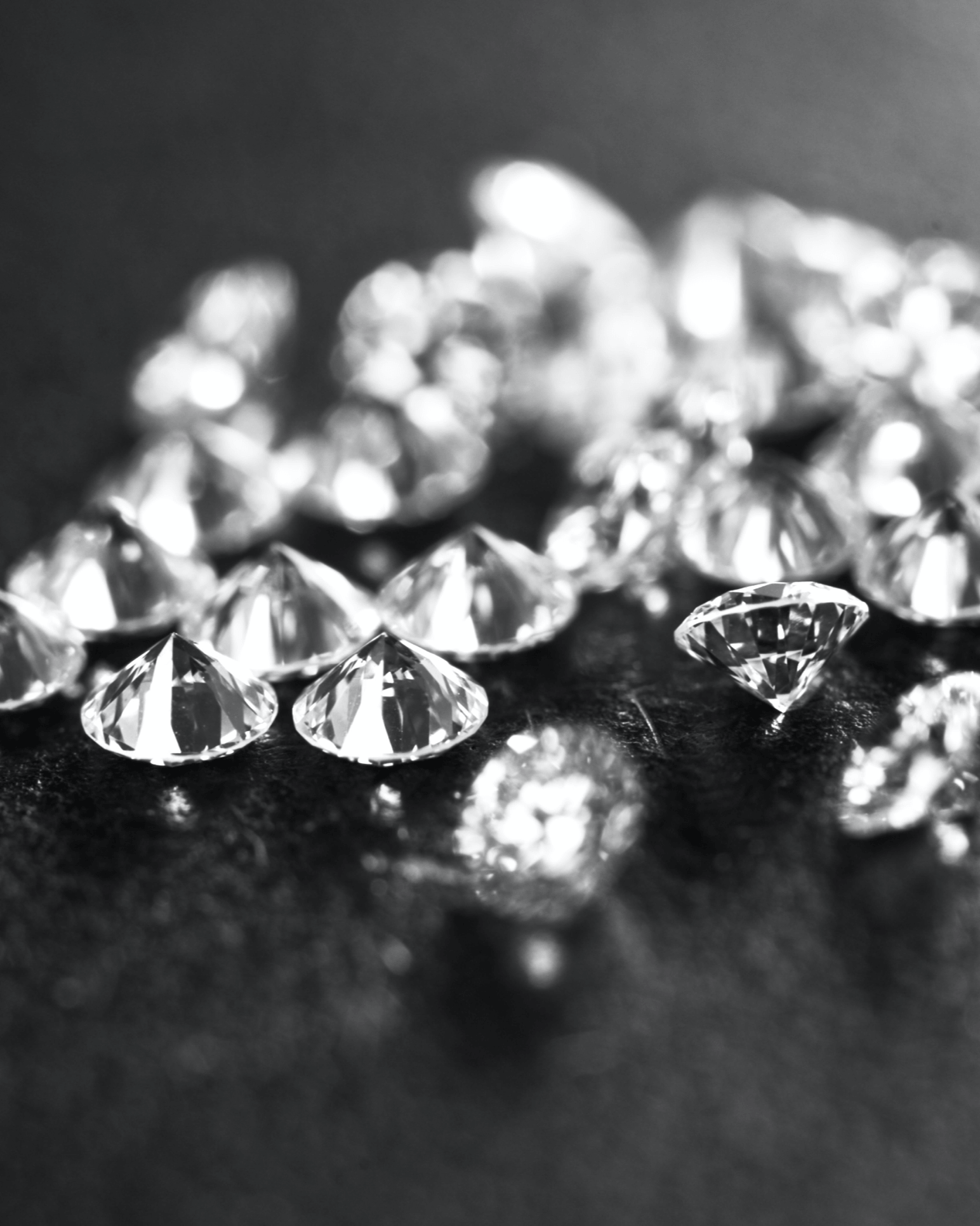
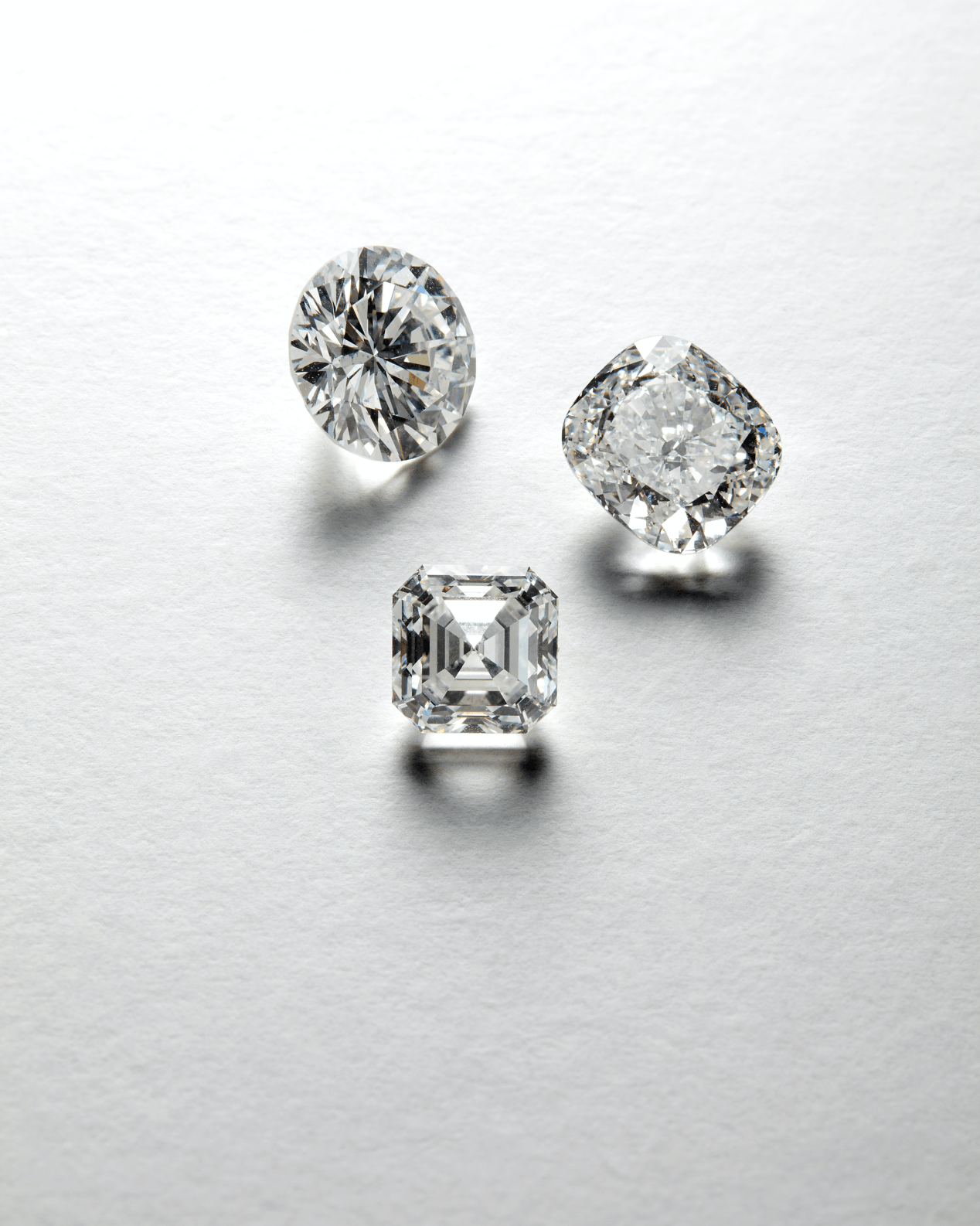
Among the Maison’s criteria of excellence, ethical issues are fundamental. That is why the Maison Boucheron is committed to responsible jewelry production and sourcing practices. Since 2011, Boucheron has been a certified member of the RJC (Responsible Jewellery Council), an organization that supports and promotes responsible practices in the supply chain. By adhering to the RJC Code of Good Practices, our Company is committed to greater transparency in its ethical, environmental and labor practices.